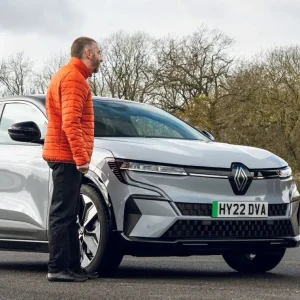With a vehicles’ CO2 having a major impact on its running costs, and therefore how desirable it is, any changes to the way that emissions are measured is significant. So it is important news that the European Commission has indicated changes for 2013 to make vehicle measurement more aligned to ‘real-world’ driving conditions.
The proposal is still at an early stage and with Government and stakeholder groups having the opportunity to influence this before it is finalised (which is likely to take close to two years), the detail may still change.
The current test comes in two parts and is used to calculate both combined fuel consumption and CO2 emissions. The urban cycle is a series of start and stop tests at less than 31mph; the extra urban cycle combines a sequence of acceleration, deceleration and steady-speed driving at less than 75mph.
If a revised test cycle is more accurate and allows businesses and consumers to make more informed vehicle selection decisions, it has to be welcomed. There is a niggling concern that some new technologies will be even less suited to the current test cycle and that performance claims may prove difficult to validate. Therefore a more robust measurement system will help to validate these figures.
It is unlikely that these proposed changes to vehicle measurement will be the last. Looking ahead as more electric vehicles come into the market it will not be acceptable to just class them as zero emission so we will need some form of lifecycle emission reporting. Where this begins and ends in terms of the energy supply chain is an interesting question, and something that will need to be addressed on a global level.
In the UK, the Government has already signalled the end of the five-year company car tax holiday for electric vehicles with the announcement of changes from 2015-16. CO2 is directly linked to the vehicle costs through taxation, road charging and running costs. Therefore, it is one of the most important considerations when selecting a new vehicle and drivers need to be aware of any pending changes.
Over the coming years, change looks likely because of the need to reflect the shifting performance of modern cars. As with any change, it is crucial that it is communicated well in advance so that the altering cost implications can be factored into vehicle purchasing decisions.
Follow BusinessCar on TWITTER





